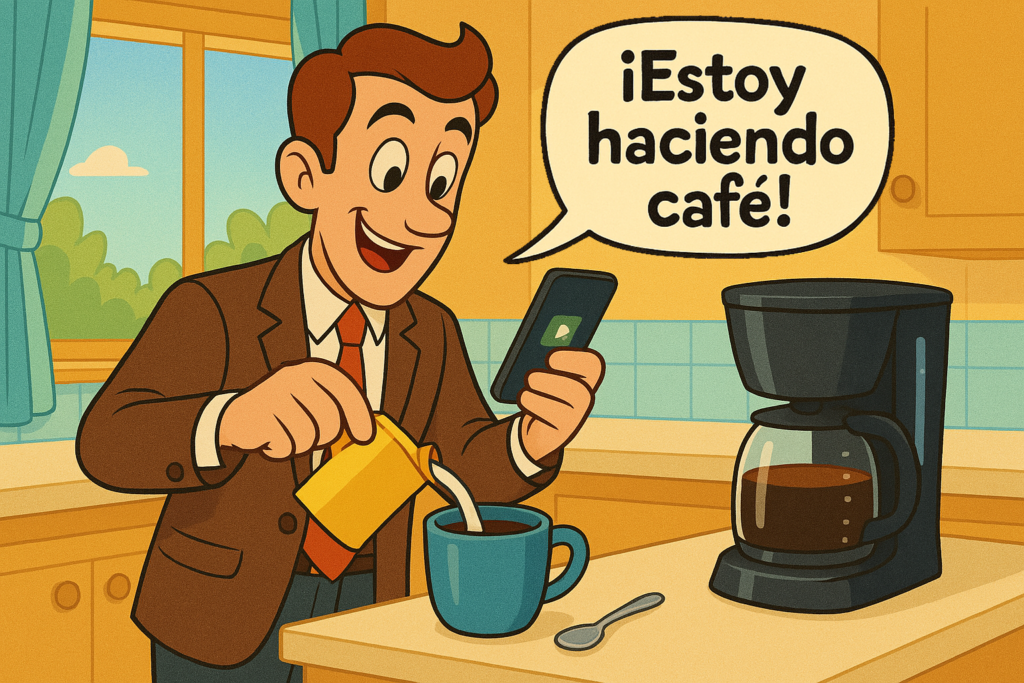
Yesterday I shared how KitKat boosted sales by 33% simply by connecting their chocolate bars to coffee breaks.
But there’s a bigger principle here that should have its own spotlight.
Psychologists call it “habit stacking” — the practice of adding a new behavior directly after an established habit.
It works because our brains LOVE efficiency.
Once a neural pathway for a routine is established, adding something to that sequence requires minimal extra mental effort.
You just piggyback on a pattern already in place, and go along for the ride.
But smart brands don’t stop at associating with existing routines. They position their products as the natural next step.
Neutrogena built its entire Makeup Remover Wipes empire around this principle. The brand explicitly positioned its wipes as “step one” in the nighttime face-washing routine. “First the wipe, then the wash.”
This specific sequencing instruction was key. By designating the product as the essential first step before face washing (rather than an alternative to it), they created a new habit stack that doubled product usage.
My kids’ favorite language app Duolingo mastered habit stacking in the education space. Rather than just telling users to practice daily, they specifically encourage connecting language learning to existing daily triggers: “While you make your morning coffee or after your morning walk, open Duolingo.” This streak system taps into completion bias, but the app’s 500+ million downloads and 110+ million active monthly users come largely from a relentless focus on habit formation, positioning their daily lessons as the natural companion to morning routines.
Headspace meditation app succeeded where dozens of competitors failed by creating the “daily meditation streak” — but its power move was encouraging users to stack meditation directly after waking up or just before bed. This specific timing advice helped users maintain consistent practice, leading to way higher retention rates than competitors who didn’t specify when to use their app.
In I Need That, I discuss how the dog brain (our emotional, impulsive side) obsesses with familiar patterns. When we integrate our product into an existing neural pathway, we bypass much of the resistance new behaviors typically face.
The key insight: Don’t stop at associating with a daily ritual. Find the exact moment in the sequence where your product naturally slots in.
Product Payoff: Quip revolutionized the electric toothbrush market by creating a perfect habit stack. Quip’s subscription model delivers new brush heads exactly when dentists recommend changing them (every 3 months). By linking brush head replacement to their automated schedule rather than consumer memory, they created a $100+ million business in a category previously dominated by Oral-B and Sonicare. The genius was in removing the decision point from the equation. The new brush head simply arrives, triggering the replacement behavior. *Looks at own overused brush head*
Action for today: Create a sketch of your ideal customer’s journey through their day. Identify 2-3 established daily habits your target audience already has. Now highlight exactly where in that sequence your product could naturally fit. Draft messaging that explicitly connects your product to this specific moment: “After you ___, it’s time to ___.”
Test this habit-stacking language against your current messaging with a small group of customers.
What established habit did you come up with for your product follow? What entrenched routine could it become the natural next step for?
Tap that reply arrow and tell me what habits you’ve piggybacked a product to.
Or reach out to my amazing team of product marketing specialists at Graphos Product.
